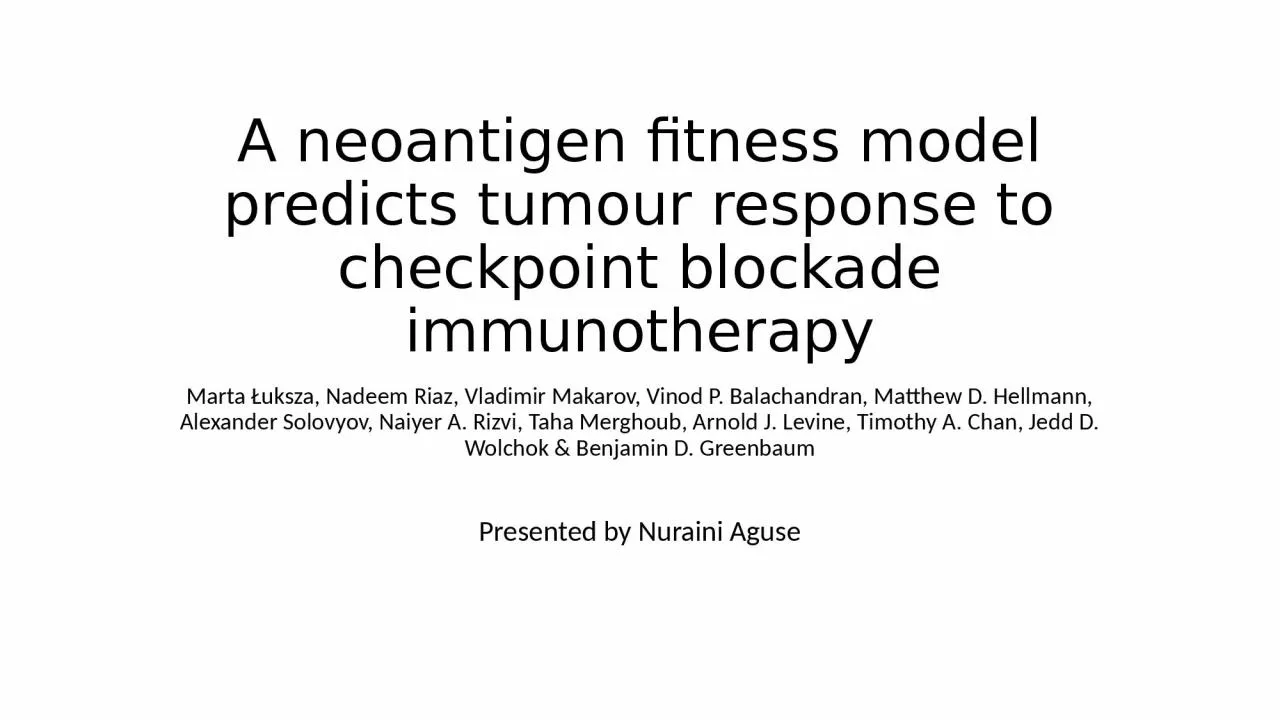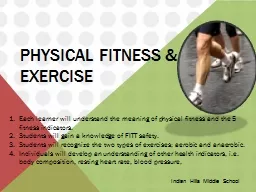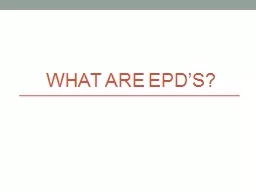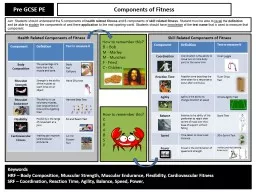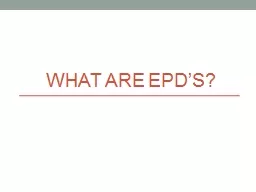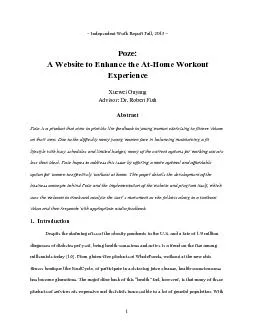PPT-A neoantigen fitness model predicts
Author : NoPainNoGain | Published Date : 2022-08-03
tumour response to checkpoint blockade immunotherapy Marta Łuksza Nadeem Riaz Vladimir Makarov Vinod P Balachandran Matthew D Hellmann Alexander Solovyov Naiyer
Presentation Embed Code
Download Presentation
Download Presentation The PPT/PDF document "A neoantigen fitness model predicts" is the property of its rightful owner. Permission is granted to download and print the materials on this website for personal, non-commercial use only, and to display it on your personal computer provided you do not modify the materials and that you retain all copyright notices contained in the materials. By downloading content from our website, you accept the terms of this agreement.
A neoantigen fitness model predicts: Transcript
Download Rules Of Document
"A neoantigen fitness model predicts"The content belongs to its owner. You may download and print it for personal use, without modification, and keep all copyright notices. By downloading, you agree to these terms.
Related Documents

